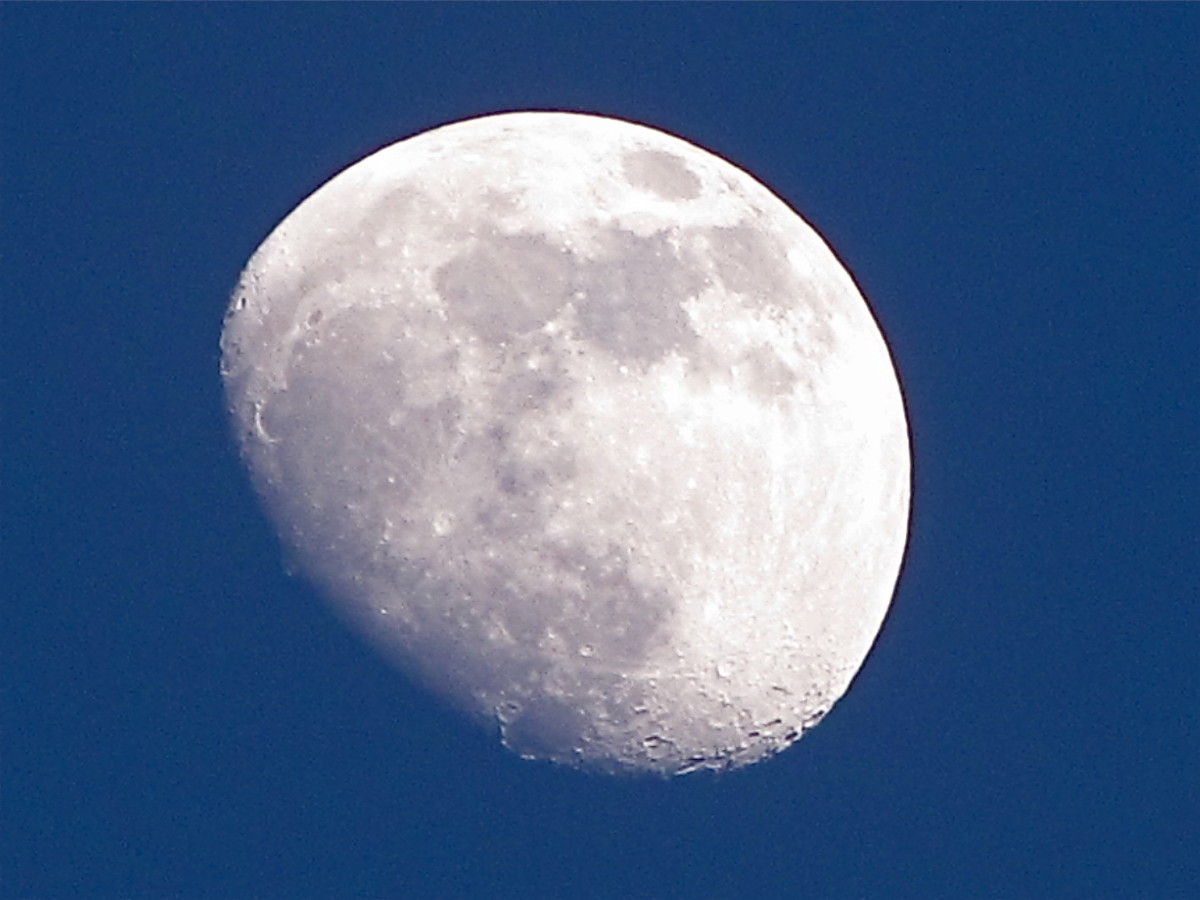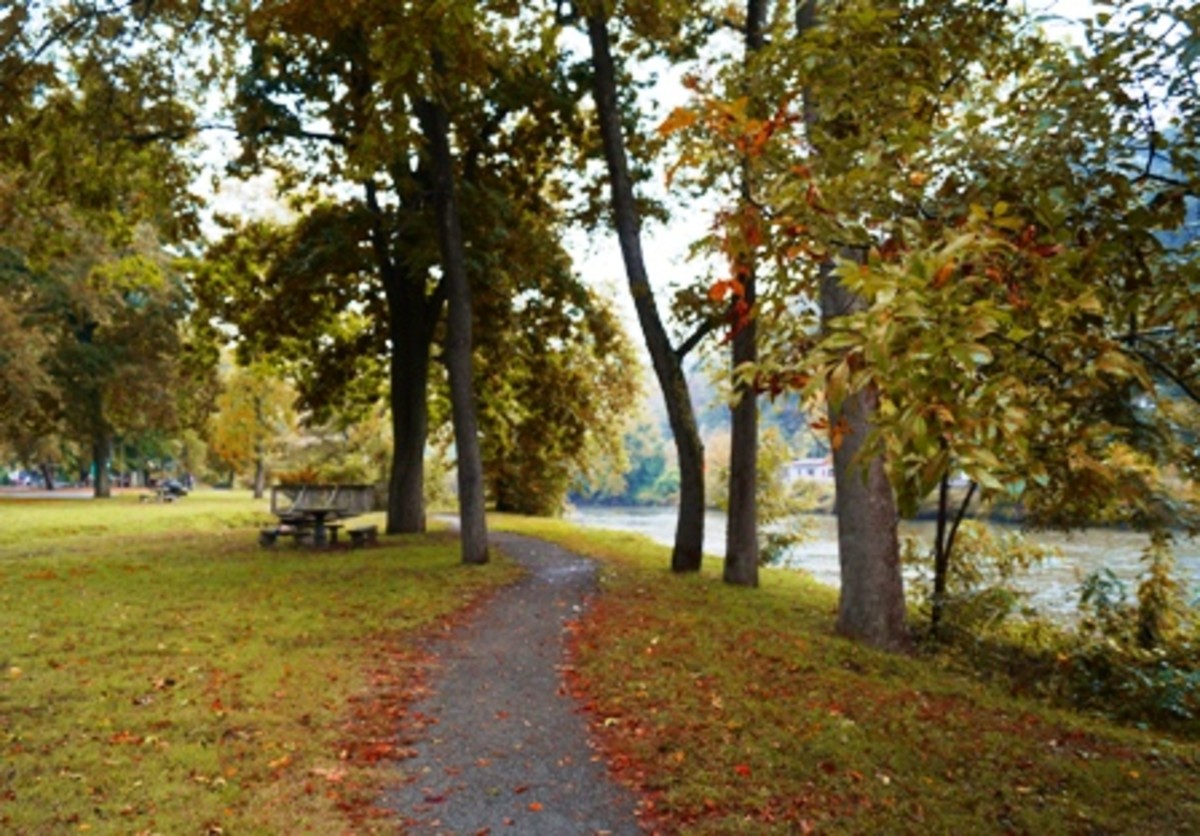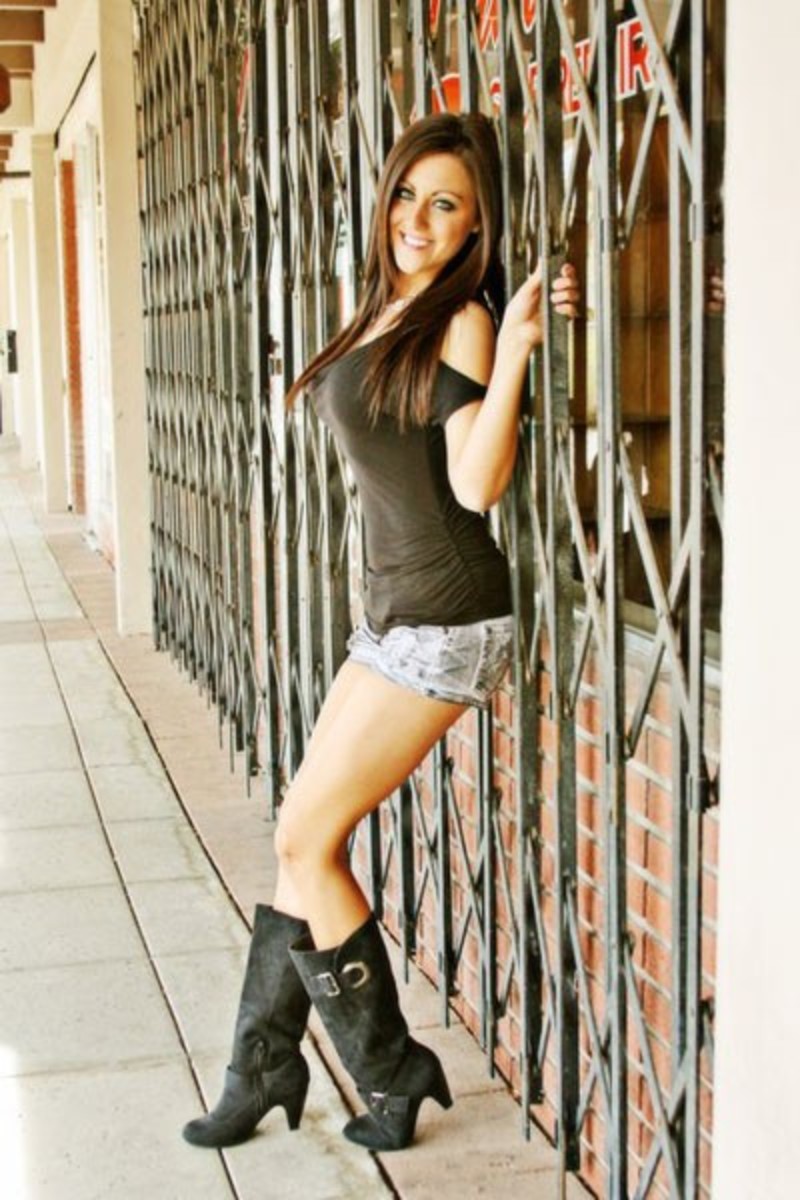Photographing the Ominous
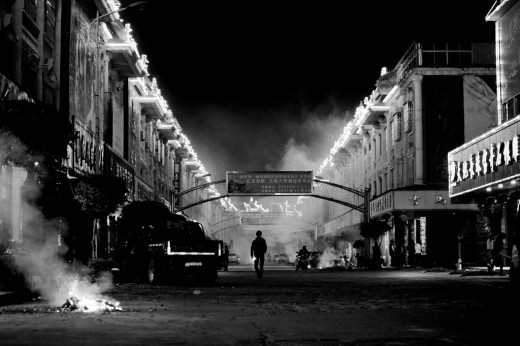
Photographing the ominous can be a touchy subject and considered a dark theme by others. But like any other photographic subject is is a theme that has its place in the medium and it is worth photographing.
The subjects that can be applied towards the theme are not as easy to recognize as one might think. The theme should be approached with the intention of capturing images of subjects or scenes that point to something that is about to happen or that at least carry the possibility of danger.
If you are not clear about what the theme involves then perhaps this short definition will help: "om·i·nous[om-uh-nuhs] Show IPAadjective1portending evil or harm; foreboding; threatening; inauspicious: an ominous bank of dark clouds.2.having the significance of an omen." Online dictionary
One of the best examples would be a funnel cloud which points to the possible birth of a tornado. Very dark and thick thunder clouds are another good examples since they predict the possibility of dangerous winds, rain and lighting.
Other scenes could be a large congregation of vultures or crows since both are associated with death or destruction and in some circles any dark bird, with crows being the main perpetrators, are often being associated with the dark arts or witchcraft.
Nature offers many examples that can be applied to the theme such as on the African plains seeing a crouching lioness stalking its prey. The theme derives its poignancy when an audience sees a subject and makes an association to danger or peril.
Other simpler scenes can be derived from the daily routine of city life such as a person fumbling for something while driving or a person walking and about to step on a hole, puddle or even a banana peel.
Needless to say if you plan on undertaking this theme, being proactive and taking precautions is mandatory. You should be alert to safety precautions when using models and posing them in possibly perilous situations.
Scenes that have an ominous atmosphere should be emphasized by using dark backdrops and overall darker backgrounds, this is especially suitable for the studio. However, the scene must be clear to an audience and the potential danger clearly recognizable if they are to be successful images of the topic.
Imagine a scene where a painter is perched atop a tall ladder which is precariously tipping to one side, or a tall load being lifted high in the air with what appears to be a flimsy rope, or even a candle next to a curtain that is being moved and swayed by some sort of wind. These are all scenes that fit the theme.
It is good to tightly group the elements in the scene that display the theme even if you have to tightly crop the subjects that compose it.
You can have fun with the topic if you use the needed precautions and keep safety at the top of your mind. Most can be staged but the best subject matter comes from unplanned scenes like the weather created ones or those that happen by change with you being at the right place at the right time. Always be alert for such opportunistic photographic opportunities.
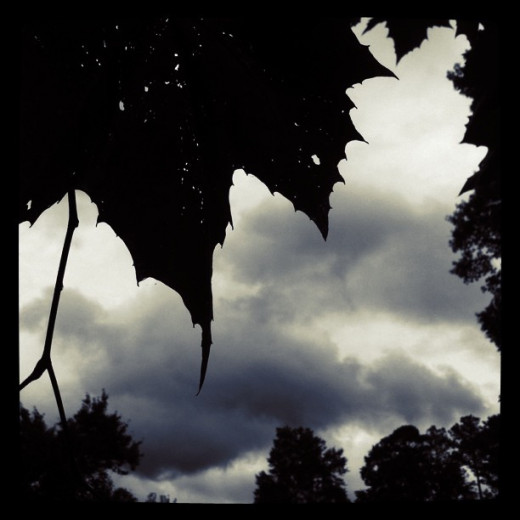
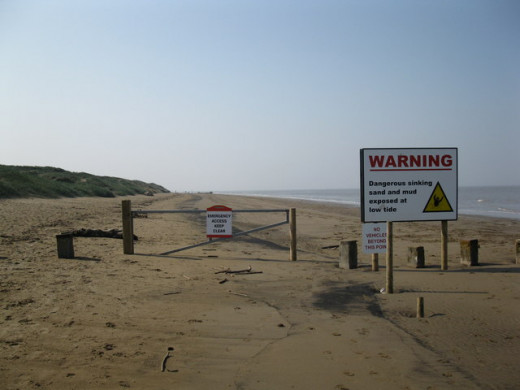
Other scenes can be of divers amongst a group of sharks, a dark menacing church tower, a small boat in rough seas, a perilous peak or rocks alongside a road, a flooded river, a sinkhole and so on.
Set ups which include a lonely person sitting next to a window in the middle of a dark and stormy night or even someone dressed as the Grim Reaper walking on a deserted road or path.
Whatever the scene portrays you must be clear as to what your images are intended to represent since the theme can be easily confused with other themes such as those that are used to represent emotions, especially of loneliness or depression.
These images are very suited for a fine arts gallery and for some photographic stock houses and the images must be technically perfect and posses an appeal. If the images do not elicit a sense of peril or danger to you neither will they for an audience.
Tips include photographing with a regular or wide angle lens to allow for the inclusion of all elements in the scene and a darkened setting.
Other useful lenses are telephotos so long as they allow you to crop the image as you see it. These are usually more flexible than a standard or wide angle lens but their usefulness as it imparts to this theme is subjective to the distance between yourself and the subject. You cannot be to close to the scene/subject since the lens size will not allow you to do anything closer than its mandated format.
The best thing to do is to have a standard lens in the range of 60mm to 80mm, a wide angle and a zoom or telephoto in the range of 100m to 200mm.
- 5 Tips for Safely Photographing a Dangerous Event
It seems that almost every time I turn on the news these days, there is a new massive, potentially dangerous event such as the Arab Spring or Occupy (Major City) Protest. Since moving to Iraq in 2009, I have shot a number of events such as national e





